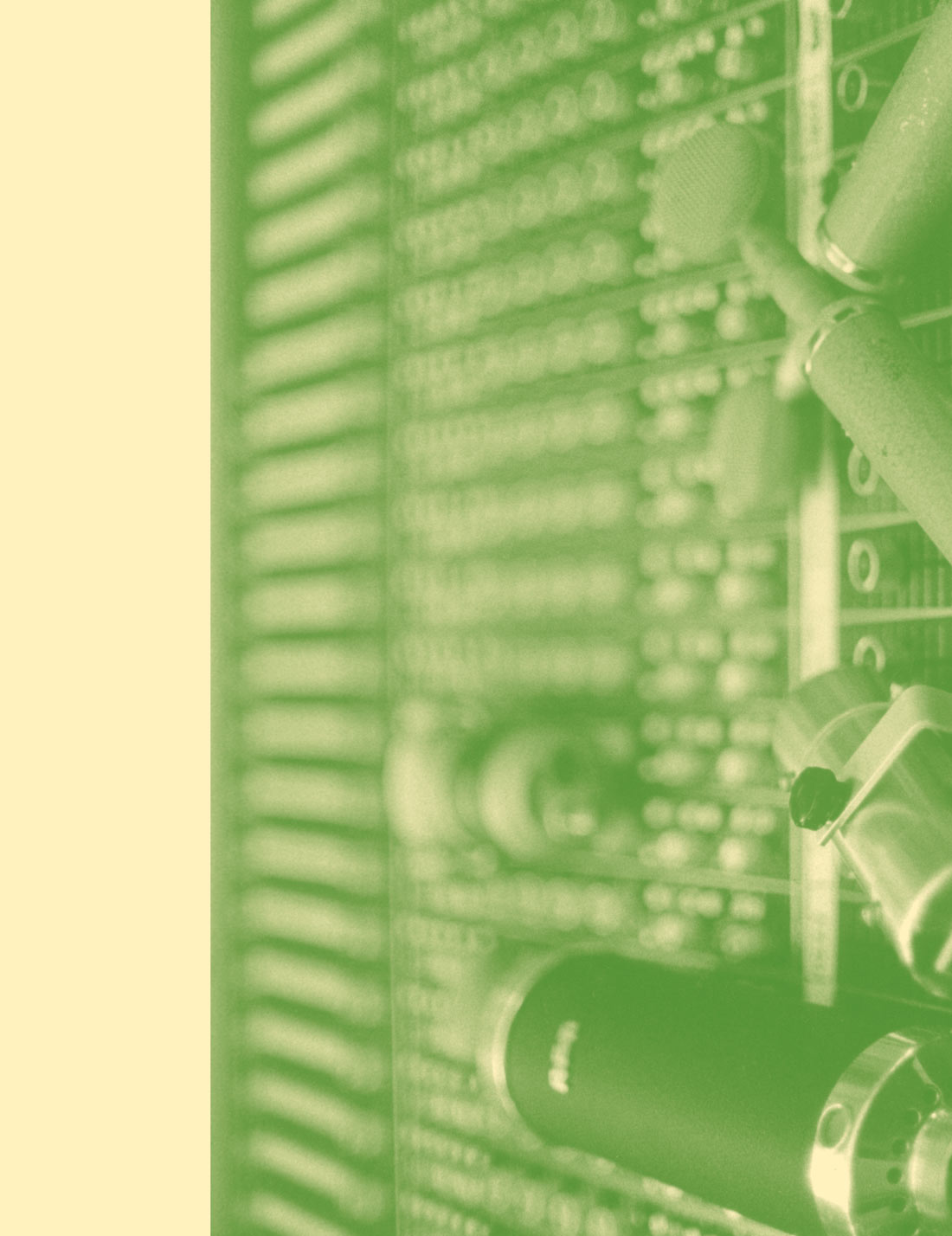Sometimes I get sent a piece of gear to review that I think I don't really need, and then once it's in use at my studio, I don't know how I lived without it. Apogee dropped me a line asking if I'd like to review their Mini-DAC after I found myself in love with (and keeping) their Rosetta 800 (see review last issue). I initially said I wasn't interested and that I was happy using the 800's outputs to monitor through, but then I relented and said I would check out the Mini-DAC. I'm glad I did. This little box (1/3 RU, but deep) will accept almost any digital audio output you'll ever have to deal with and turn it into analog. It has XLR outputs, a headphone amp, and even a 1/8'' stereo output on the rear. Obviously, it's a great way to monitor from a DAW, CD, or DAT. The unit accepts digital signals via AES, S/PDIF, optical, and optional USB (bi-directional) in a range of formats (ADAT or S/PDIF; AES double or single; S/MUX) and at sample rates from 44.1 to 192 kHz. It's real easy to use too- I didn't even crack the manual open until I wrote this review, as you'll see later. You just plug your digital signal into the corresponding input on the back; plug your headphones in front, or plug an amp, console, or powered speakers into the rear XLR outs; set the select knob to the proper input; and adjust the level control to suit. The power comes via an inline 12 volt converter-this device will run on any DC between six and 14 volts! The dual-stage clock locks into whatever clock signal is coming in automatically, and never once did I hear it have a problem with any of the signals coming in-even from a $40 CD player's optical outs! So I proceeded to use it with my Digi 001 via the S/PDIF jack in order to use it for extra outputs at mixdown (giving me a total of 18 outputs to my analog console) and for monitoring. With the Digi 001, you can't monitor in low-latency mode with any outputs other than the L/R S/PDIF, so previously I had been listening to all overdubs through the Digi 001's internal converters. Switching over to the Mini-DAC sounded significantly better, and this way I was able to monitor my tracks more clearly and to give artists better sound in their headphones. Nice. Plus, checking music through my cheap CD player is now a pleasure, with the Mini-DAC sounding appreciably better than the converters on a consumer CD player and offering balanced +4 dBu outputs. My console also has one of the worst headphone amplifiers known to man; in fact, it's currently broken, and I haven't bothered to fix it. Using the headphone amp on the Mini-DAC is a pleasure while checking mixes-great sound with a big volume control up front.
Complaints? I was gonna complain that the XLR outputs and headphone levels are both controlled by the front-panel level control... until I read the manual and realized I could change an internal jumper and make the knob control only the headphone level-exactly what I wanted. The only real complaint is that the speaker mute and power switch are combined on one switch, leading a few engineers at my studio to switch it on to headphone and then wonder why there was no speaker output. But once you realize this design quirk, it's fine. In all, this unit (which I will own soon!) will probably outlast most of my other digital gear and see a lot of use around here. It's reassuring to have something that can handle so many types of inputs and allows you to monitor them accurately, helping you to make the great recordings you need to make. Now just start imagining the possibilities of this unit being battery-powered and used in conjunction with a Mini-Me (mic preamp and A/D converter) and a laptop for some high-quality remote recording. ($995.00 without USB, $1195 with USB; www.apogeedigital.com)




_disp_horizontal_bw.jpg)